May 31, 2025 | 01:23 GMT +7
May 31, 2025 | 01:23 GMT +7
Hotline: 0913.378.918
May 31, 2025 | 01:23 GMT +7
Hotline: 0913.378.918
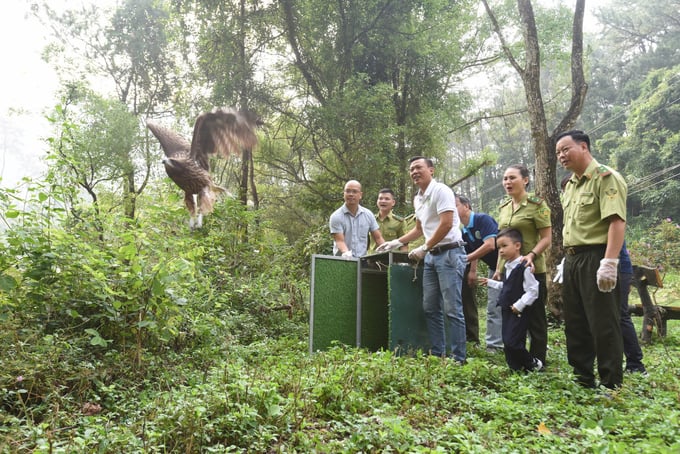
Wildlife release activities are part of the Forestry and Biodiversity regulations, demonstrating the efforts of authorities in protecting wildlife. Photo: Tam Dao National Park.
On November 7, Tam Dao National Park partnered with the Hanoi Wildlife Rescue Center to facilitate the release of several wild bird species within the park's borders. The Hanoi Wildlife Rescue Center received these birds from various groups and people, provided them with treatment, and then released them back into their natural habitat in compliance with legal regulations.
This release included 74 birds from 12 species natural to the region, comprising seven species classified under Group IIB of the Government's list of endangered, precious, and rare forest plants and animals. The species comprise the Chinese Hwamei (Pterorhinus chinensis), Silver-eared Mesia (Leiothrix argentauris), Red-tailed Laughingthrush (Trochalopteron milnei), Scarlet-faced Liocichla (Liocichla ripponi), Black-faced Laughingthrush (Trochalopteron melanostigma), and the Black Kite (Milvus migrans).
This animal release project is part of the laws concerning Forestry and Biodiversity, highlighting the government's commitment to wildlife protection. This also provides Tam Dao National Park with the chance to monitor biodiversity and include environmental education initiatives, especially for primary school kids.
Tam Dao National Park will persist in its collaboration with stakeholders to advance animal protection and conservation initiatives within natural ecosystems, to safeguard Vietnam’s rich forest resources for future generations.
Tam Dao National Park encompasses over 33,000 hectares throughout the provinces of Vinh Phuc, Thai Nguyen, and Tuyen Quang. The region has more than 26,000 hectares of natural evergreen rainforest, constituting 70% of the park's overall size. It furthermore includes many forest types, such as subtropical evergreen forest, dwarf forest on mountain summits, mixed forest, regenerating forest, planted forest, shrublands, and grasslands.
The park hosts around 1,300 plant species in 660 genera and 169 families of vascular plants, in addition to roughly 1,300 animal species. This comprises 93 mammal species, 332 bird species, 136 reptile species, 62 amphibian species, 651 insect species, and 25 fish species.
Translated by Linh Linh
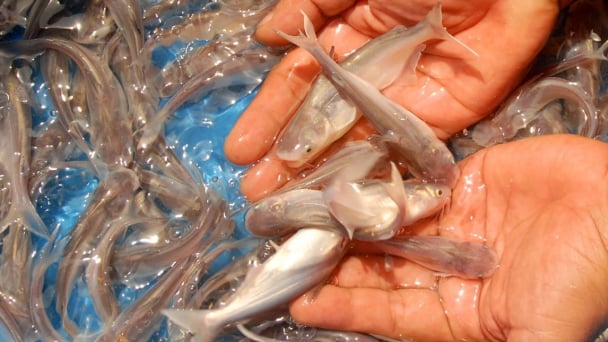
(VAN) Vaccinating juvenile pangasius helps reduce disease, antibiotic use, and farming costs, increasing profits for export-oriented farmers in An Giang.

(VAN) Due to a limited supply of workforce and competitive recruitment requirements, businesses struggle to retain talented veterinary human resources.
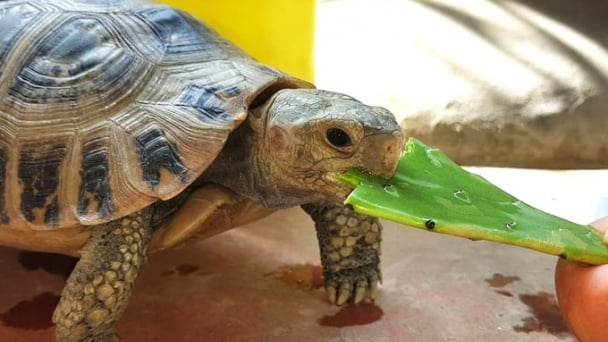
(VAN) WOAH’s guidance aims to mitigate disease risks through a One Health approach that balances economic, conservation, and public health interests.

(VAN) Ms. Nguyen Thi Dung, Deputy Director of Ngoc Hoang Cooperative, shared about the journey of bringing dragon fruit to Europe, achieving annual revenues in the billions of VND.
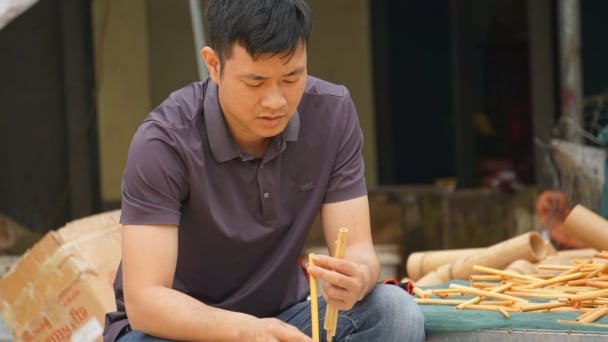
(VAN) Bamboo products from Thang Tho Bamboo Cooperative have reached many countries around the world, while also creating jobs for local workers.
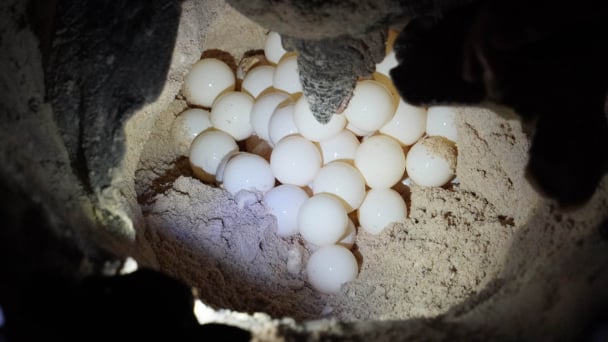
(VAN) The Management Board of Con Dao National Park reported that a green sea turtle, tagged in the Philippines, has traveled thousands of kilometers to lay 84 eggs on Bay Canh Islet.
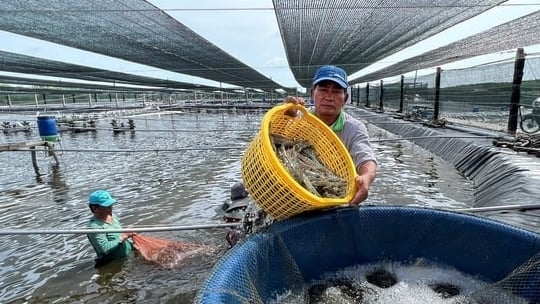
(VAN) Green technology is paving a new path for sustainable aquaculture in the Mekong Delta in particular and across the country in general, helping reduce emissions and adapt to climate change.